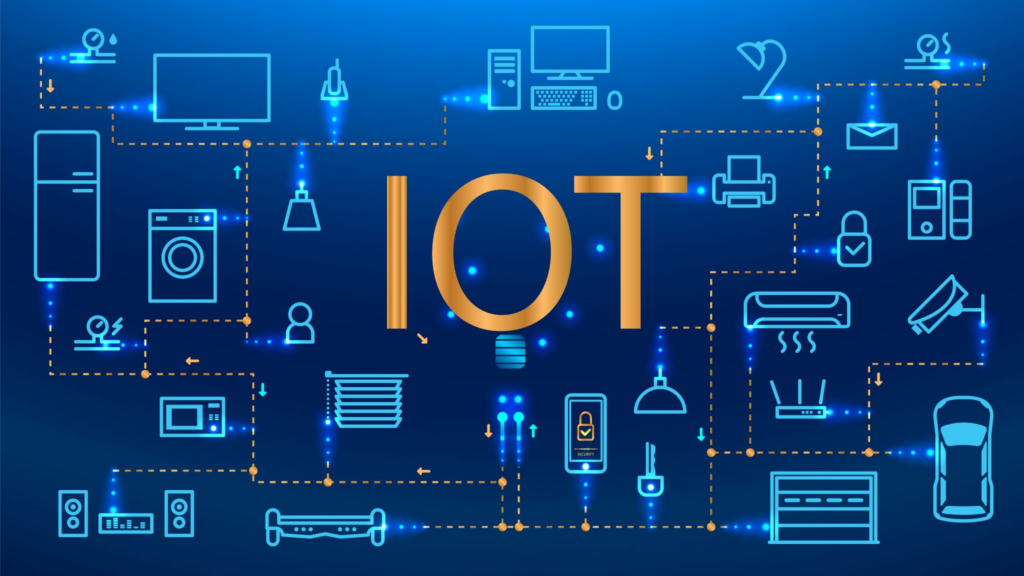In recent years, the Internet of Things (IoT) has become deeply integrated into businesses across all sectors, bringing with it both new opportunities and new challenges. From warehouse sensors to smart cameras, energy monitoring devices to connected printers—today, every IoT device is an active node within the company network. Yet in many organizations, IoT is still treated as outside the scope of the overall IT strategy. This is a mistake that can put the entire IT infrastructure at risk.
Here’s why it’s crucial to include IoT devices in your business’s IT management plan.
1. IoT Is an Active Part of Your IT Infrastructure
An IoT device is not just a gadget—it’s a gateway into your network. Each device sends and receives data, interacts with company software, can be remotely managed, updated—or hacked. Ignoring them in your IT planning means overlooking an increasingly large part of your attack surface.
2. Security: A Major Weak Point if Left Unmanaged
Many IoT devices are not designed with security as a priority. Default passwords, outdated firmware, and unencrypted communication are just a few of the vulnerabilities attackers can exploit. A single unprotected sensor can become the entry point to a full-scale cyberattack.
Including IoT in your IT strategy allows you to:
- Apply consistent security standards;
- Segment the network to isolate vulnerable devices;
- Track known vulnerabilities and schedule updates.
3. Centralized Monitoring and Management
Without visibility, there’s no control. Integrating IoT into your IT strategy enables you to:
- Know how many devices are connected, where they are, and what they’re doing;
- Detect suspicious behavior in real time;
- Efficiently plan maintenance, updates, and replacements.
A centralized management platform saves time, reduces costs, and prevents incidents before they happen.
4. Regulatory Compliance and GDPR
Many IoT devices collect personal or sensitive data (e.g., images, location, work environments). Ignoring them in your strategy increases the risk of non-compliance with GDPR and other regulations, which can lead to hefty fines.
Your IT strategy should include:
- Policies for data management and storage;
- End-to-end encryption;
- Access control and privilege management.
5. Scalability and Business Continuity
IoT adoption is only going to increase. Without a strategic approach, your IT infrastructure risks becoming fragmented, inefficient, and fragile. Good planning, on the other hand, ensures:
- The network can absorb new devices without overload;
- Consistent performance;
- A resilient infrastructure that ensures business continuity.
Conclusion
IoT is no longer an accessory—it is now an integral part of your company’s information system. To protect your data, ensure operational efficiency, and meet the challenges of digital transformation, you must include all IoT devices in your IT strategy.
Partnering with experienced professionals is the best way to integrate IoT securely, scalably, and in compliance.
EPA System helps companies build intelligent, robust, and future-ready infrastructures.







